Christian Nelson didn’t know the trouble he was in. He was three miles out from Gulf Shores Alabama when the kayak he was trolling from developed a 9-inch crack between the scupper holes. He didn’t notice the damage until the kayak was full of water and on the verge of sinking.
Who do you call when your kayak sinks?
“It feels bottom-heavy,” he told his friend Bryan Llanes. Thirty seconds later he was in the Gulf of Mexico, treading water with a 2/0 circle hook buried in his shin. He reached for the pair of life jackets he kept stowed in the kayak’s center hatch, one for him and one for Bryan. He managed to shimmy into his and get it buckled, but Bryan’s life jacket floated away as Christian struggled to save himself and his gear. Christian kept his video camera rolling throughout the ordeal, and later uploaded a 20-minute edited clip to his YouTube channel, FishinAll50.
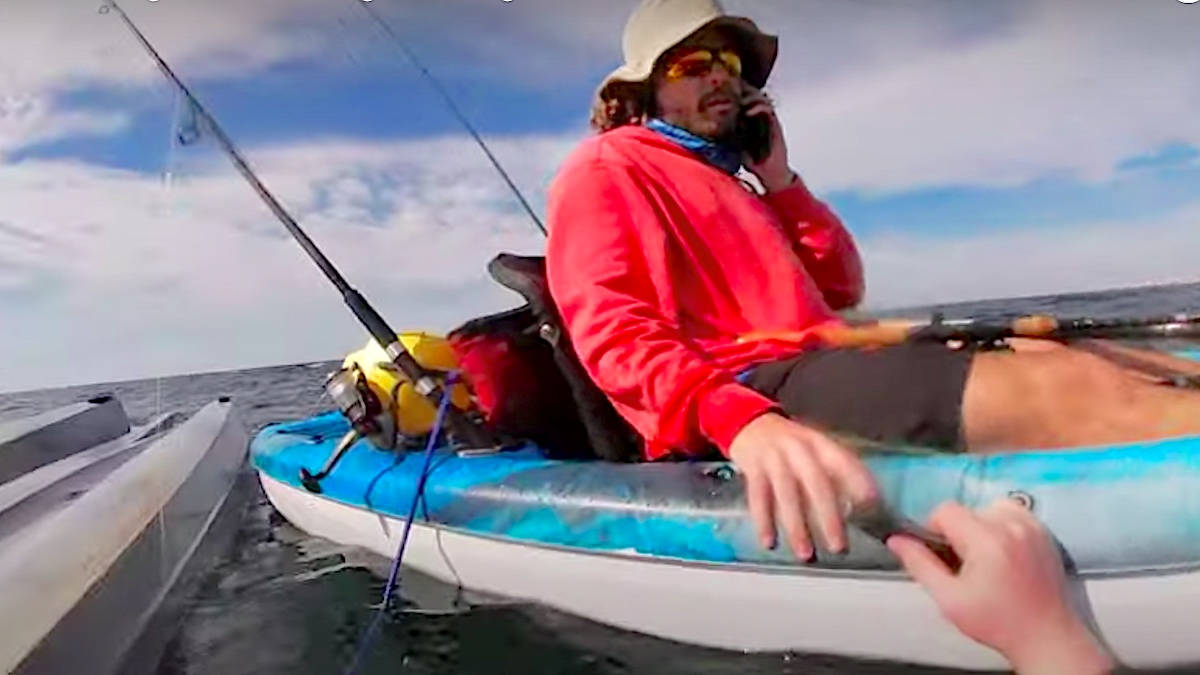
Christian didn’t know it at the time, but the clock was ticking. In an hour, maybe two, he would become incoherent and eventually lose consciousness. He had to get out of the water, but there was no room on Bryan’s kayak. Christian tried to pull himself onto his half-sunken kayak to get out of the water, but it wouldn’t hold him.
It was a cool day in February, with air temperatures in the 50s and the water not much warmer—hypothermia conditions, especially for a man dressed in jeans and a light jacket. Bryan was even less prepared for cold weather, in only shorts and a hooded sweatshirt. He did, however, have his cell phone and it was picking up a couple bars of service.
Bryan pulled up Google, typed “Coast Guard Gulf Shores” into the search box, and called the first number that popped up. The U.S. Coast Guard rescue coordination center in New Orleans is on standby 24-7 to direct search and rescue operations on the Gulf Coast. But that’s not the Coast Guard office Bryan reached.
This is one of the best reasons not to rely exclusively on a cell phone in a maritime emergency: It’s only as good as the number you call.
People in an emergency who need Coast Guard assistance should broadcast a distress call on VHF marine radio Channel 16, says Paul Barnard, the Recreational Boating Safety Program Manager at U.S. Coast Guard District 8 in New Orleans.
If they only have a cell phone, they should put the direct number to their region’s Rescue Coordination Center on speed dial, Barnard says. The next best option is to call 911.
Christian’s chilly close call in the Gulf of Mexico shows why. The Coast Guardsman who took Bryan’s call had to act as a middleman. He asked for the kayakers’ position, a description of their kayaks, and physical condition—then told Bryan to hold the phone as he relayed the information. That took time.
Coast Guard Rescue Coordination Centers and most 911 call centers have equipment that can pinpoint the location of a cell phone, but the office Bryan was talking to didn’t have that capability. He tried to describe their position based on where they launched and landmarks on shore, with Christian’s help. “We launched at the Gulf State Park pavilion,” said Christian, clinging to the side of Bryan’s kayak. “We’re straight out from a blue water tower.”
Finally Bryan opened the fishing app on his phone to find their latitude and longitude. He read the coordinates back to the person on the phone, who asked Bryan to hold the line again as he passed the information to rescue crews. Help was on the way, but not as quickly as it could have been.
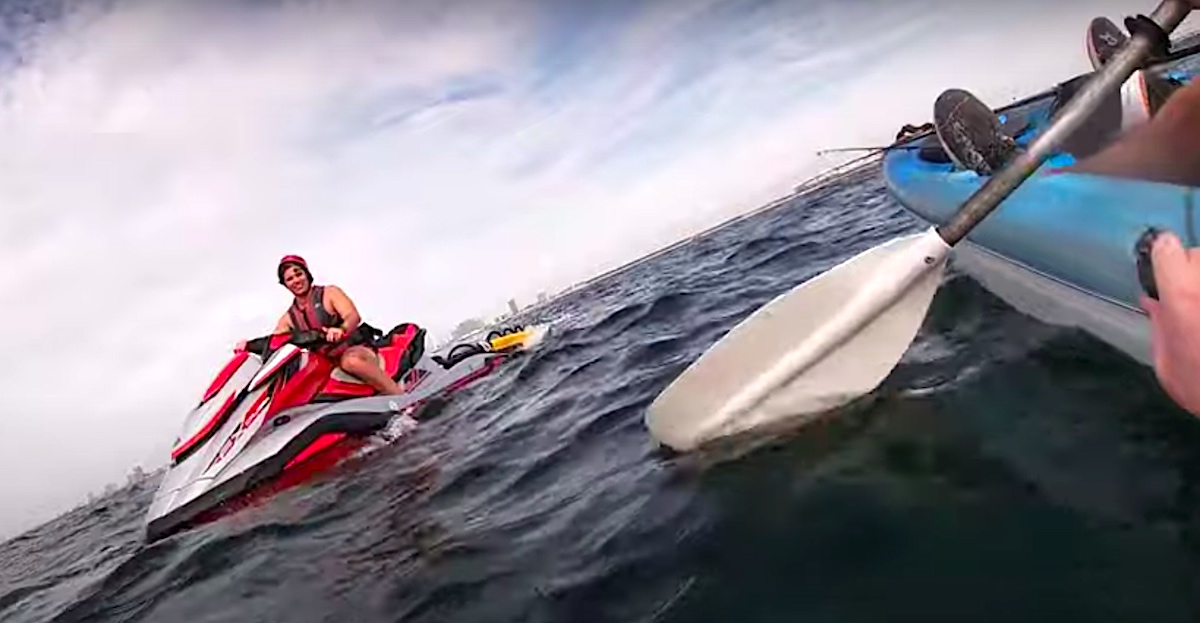
If Bryan had broadcast a Mayday on VHF Channel 16, watch standers in the Sector Command Center would have received the call instantly. Nearby boaters likely would have heard it too.
“VHF Channel 16 is your best bet because when that call goes out it reaches a broad audience,” Barnard says. “Everybody that’s on the water and has their radio on is going to receive that call.” In many cases, nearby Good Samaritans are able to respond to a call for assistance before the Coast Guard can get there.
That day in the Gulf, the message took a little longer to get through. When it did, the nearest first responder was a Gulf Beach Fire lifeguard, who answered the call on a personal watercraft. An Alabama Marine Police vessel arrived on the scene soon after, and a Coast Guard helicopter flew overhead. The cavalry had arrived just in time. Christian had been in the water for more than an hour.
Paramedics checked him out on the beach. Though chilled to the bone, he didn’t require hospitalization. The police boat even recovered his kayak, which Christian took back to Bass Pro for a full refund. He thinks he may have stressed the hull by over-tightening the straps when transporting it on his car’s roof rack, or maybe the plastic just wasn’t up to snuff. In either case, he says he should have inspected the kayak before he launched—something he now does every time he leaves shore.
That’s just one of the lessons Christian’s close call drove home. He enumerated some of them in a follow-up video on his YouTube channel: Wear the right apparel for immersion in cold water, don’t skimp on rescue gear like a waterproof VHF radio, Personal Locator Beacon, bilge pump, a sharp rescue knife and, most importantly, a life jacket that you wear.
Two kayakers going three miles offshore with only one life jacket between them is a recipe for disaster, no matter who you call.
Watch Christian’s original kayak sinking video here:



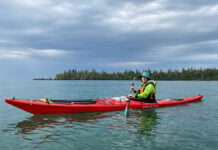
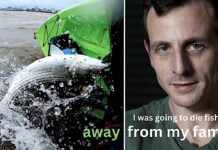
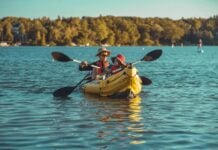
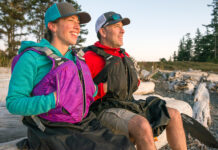
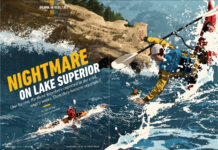

Sorry but a buoyancy aid cannot help if you are not wearing it. It is no good in a locker if you suddenly need it.
Many mistakes made before they even went out on the water; including poor equipment choices, being to “manly” to have and wear the easiest of protection (life jacket) and 100% unprepared for being more than a few hundred yards offshore. A VHF radio is $110, floats, has a battery that lasts for weeks. This should have been a body recovery exercise for the USCG / Sheriff.